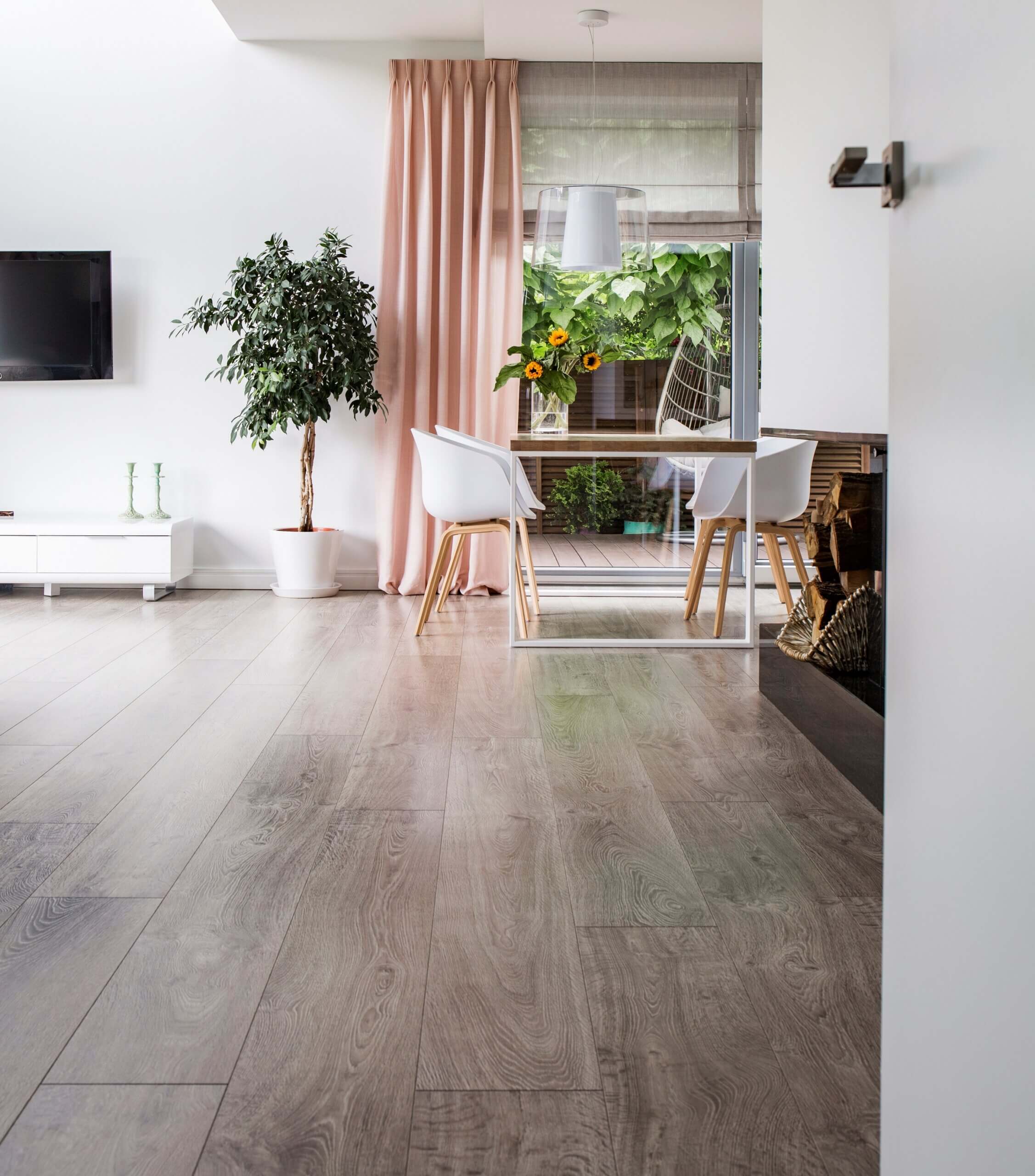Luxury vinyl plank (LVP) has become a top flooring choice for homeowners looking for beauty and durability. Wood flooring is a timeless choice, but it does require maintenance and upkeep to preserve its appearance. For homes with pets or children, wood flooring can feel like a constant liability, surrounded by the fear of scratches, spills, and accidents. Luxury vinyl plank comes in a variety of plank widths, colors, and finishes to mimic any type of wood flooring you are envisioning. At Kemp’s Dalton West Flooring, our showrooms are stocked with different types of LVP, so you can see and feel the planks for yourself. When you are deciding on your luxury vinyl plank, you should consider the overall style and color palette of your home.
LVP Textures–Part of creating the illusion of hardwood flooring is getting the texture right. There are different texture choices to mimic the wood grain and the imperfections of real wood. Some of these texture choices include:
- Hand-scraped–No piece of wood is exactly alike, so hardwood planks are all unique. When floors attempt to mimic wood but have repeated planks, the overall look will not be as convincing. Hand-scraped LVP planks have unique long scrapes on each plank, making it difficult to tell them apart from real wood after installation.
- Wire-brushed–Using subtle wire scratching on the surface of the planks, they appear to showcase real wood beneath. The overall finish is smoother than a distressed or hand-scraped variety of LVP.
- Distressed–Floors with this finish look as if they have experienced life and all its wear and tear. The surface of the LVP will have knots, burns, scrapes, wormholes, and other imperfections, which will give the appearance of age. This style floor is ideal if you own a restored or historical home or if you prefer a traditional, antique vibe.
- Embossed–Floors that are embossed are less convincing faux woods. They only look like wood from the thin top of the plank. If a plank gets scratched, the illusion is lost. Embossed planks have the appearance and texture below the top surface to better achieve the look and feel of wood.
- Beveled Edges–Having beveled edges on your LVP will present a more convincing appearance. The definition between each plank will mimic the depth of traditional hardwoods. If you desire to achieve further definition of each plank, you can choose painted beveled edges.
LVP Colors–Did you know that traditional hardwood planks are different colors based upon the tree they come from and the finish placed on top? LVP comes in varieties to mimic each type of tree used for hardwood flooring. If you are trying to determine which LVP tree type suits your home design, consider the benefits of each one:
- Oak–Highly popular, sporting a warm light brown color and straight wood grain patterns. Oak is an understated, versatile style that suits everything from farmhouse chic to contemporary style of homes.
- Pine–Greater color variability and known for its knotty rustic accents. Pine is suitable for diverse spaces from a rustic log cabin to a modern office building.
- Acacia–Distinct wood grain with occasional knots in texture. Acacia wood is a rich color
- Maple–Available in light to medium shades. Maple is a classic style that is clean and boasts a creamy finish.
- Walnut–Rich deep color and a bolder wood grain pattern. Walnut is used for traditional and contemporary spaces.
- Hickory–Lighter hue and gentle wood grain. Hickory is known for its natural character.
With today’s design process it can be hard to tell the difference between hardwood floors and vinyl solutions. If you are ready to explore the possibilities with LVP, we can help! Come visit one of our showrooms today to see and feel the quality of both real hardwood and vinyl! Whichever you desire, our team at Kemp’s Dalton West Flooring can help you find the right fit for your space.
